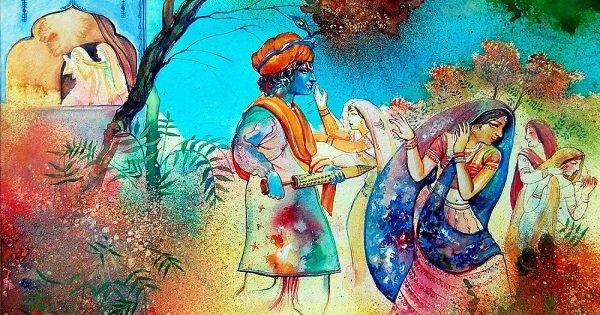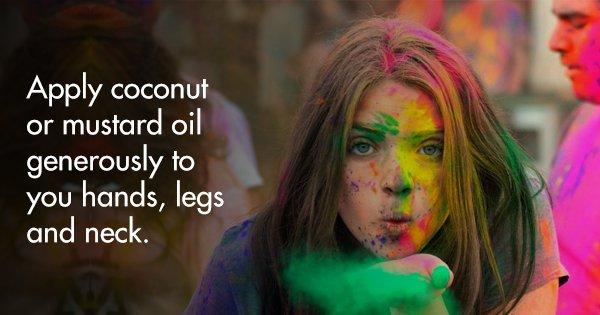Stories about fantastic creatures have been around as long as the human civilization has. And the Indian civilization being one of the oldest in the world, there is no dearth of mythological beings. Ancient Indian religious texts mention various such creatures, most of which are associated with one or more of the many Hindu Gods.
Here is a look at some of these creatures along with tales that make them special.
1. Nandi
Shiva’s bull, the protector of all the animals, who calmed down the Angry Shiva
Kamadhenu, the mother of all the cows, started giving birth to a lot of calves, the milk from all of whom flooded Shiva’s abode. This disturbed his meditation and made him really angry. And he struck the cows with a bolt of fire from him third eye. To calm him down, the gods offered him a magnificent bull, Nandi, the son of Kasyapa and Kamadehnu.
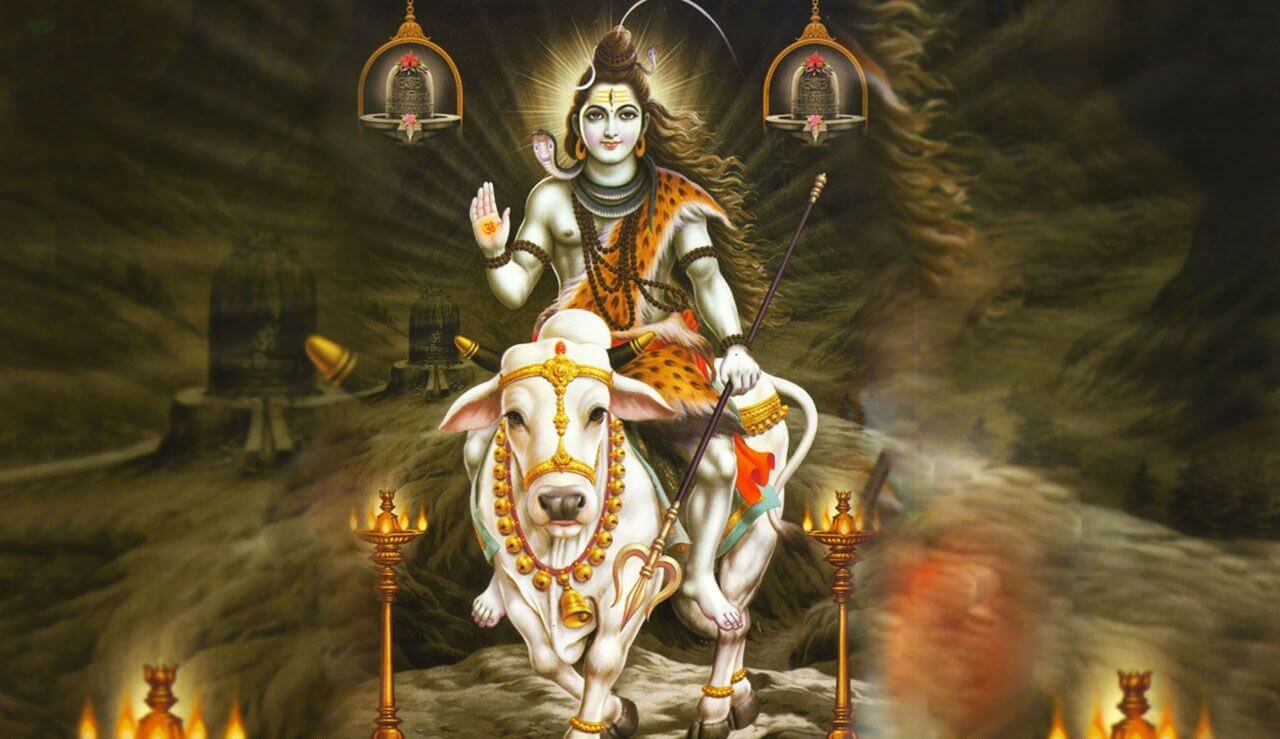
2. Airavat
The legendary white elephant that served as Indra’s mount
Airavat was born when Brahma sang seven sacred hymns over the two halves of the egg shell from which Garuda hatched. He is also the reason behind the myth that elephant can bring clouds. According to a legend, when Indra defeated Vritasur, the demon of drought, Airavata reached down to the watery underworld with his trunk, and sprayed the water into the clouds. Indra then caused the watery clouds to rain down upon the drought-stricken land.
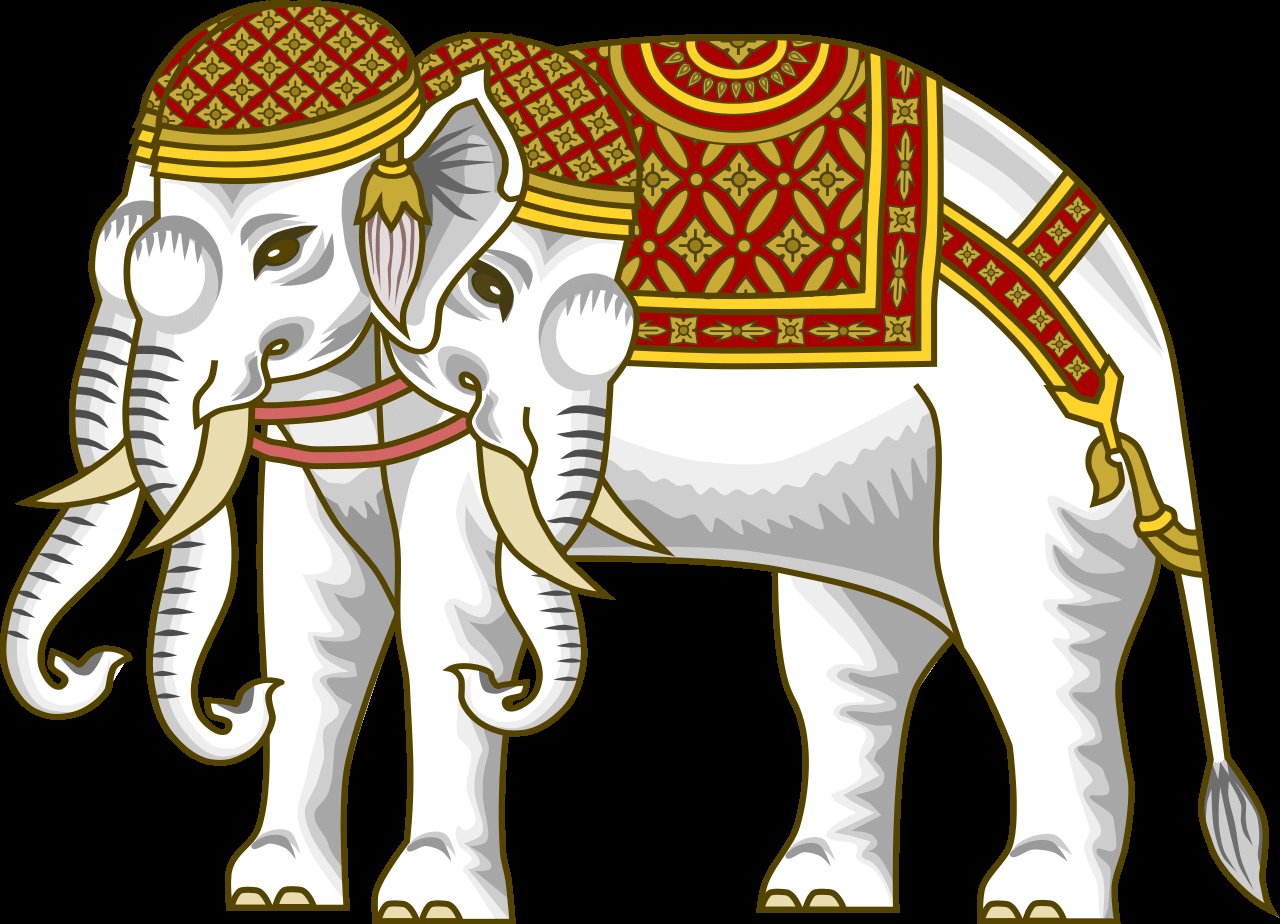
3. Narasimha
Fierce combination of a lion and a man
Hiranyakasyipu, the asura king, had a boon from Brahma that made him almost indestructible. He could not die either on earth or in space; nor in fire nor in water; neither during day nor at night; neither inside nor outside (of a home); nor by a human, animal or God; neither by inanimate nor by animate being.
To kill Hiranyakasyipu, Vishnu took the form of Narasimha (a man-lion form). He came out to kill at twilight (neither day nor night); on the doorsteps of his palace (neither inside nor outside); used his nails to kill (neither animate nor inanimate); put him on his lap before killing (neither earth nor in space). The boon was thus made ineffective.
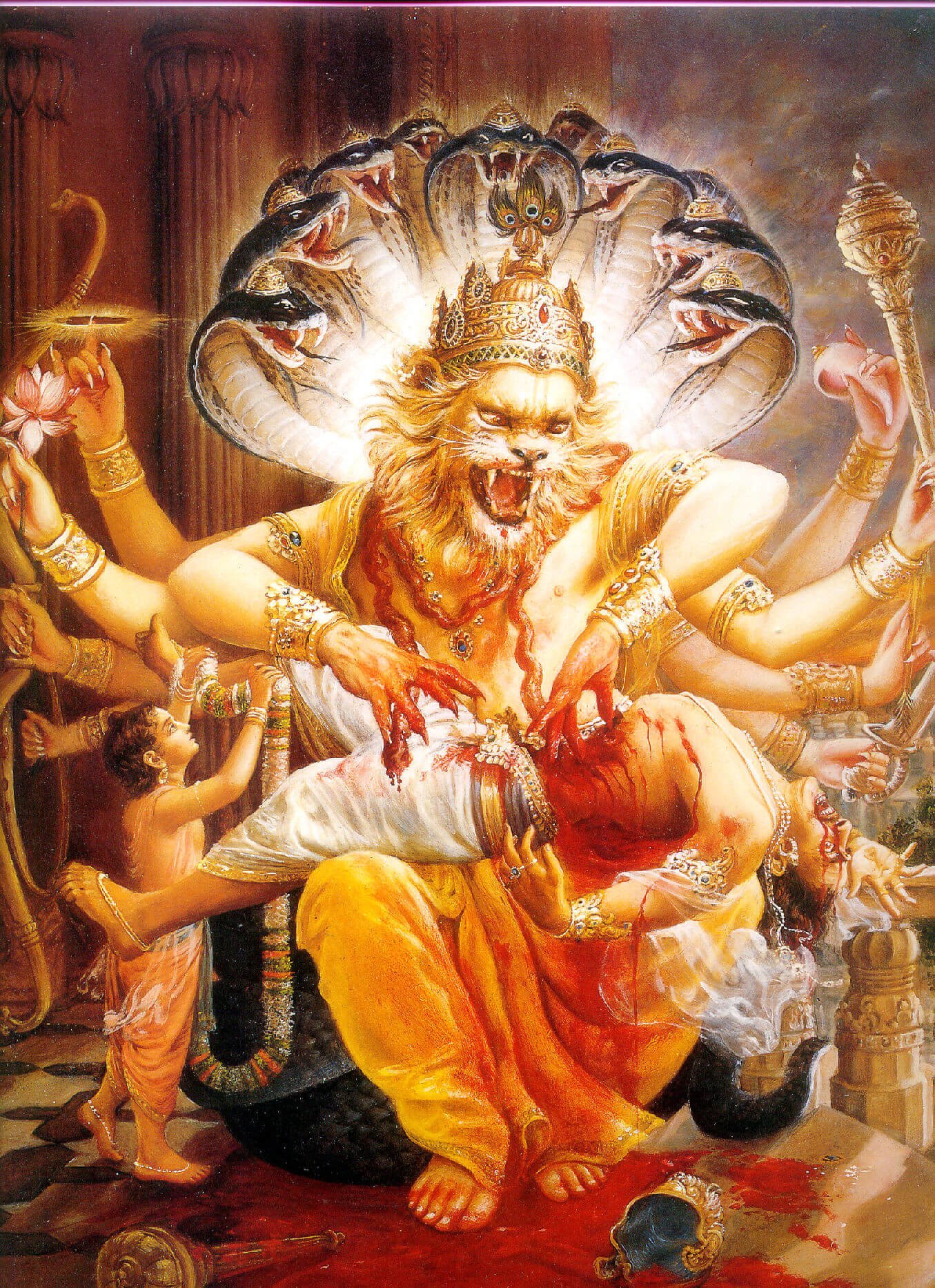
4. Sharabha
The cannibalistic bird created to tame Narasimha
After he killed Hiranyakashipu, Narasimha was still enraged! Lots of efforts were made to calm him down. Prahalada, one of Vishnu’s greatest devotees was sent by Brahma, and all his efforts went in vain. Frightened, all of the gods went to Shiva for help in calming Vishnu. Shiva then appeared in his most devastating form, Sharabha. It is said to be a giant, frightening, cannibal bird form. Sharabha scratched Narashima with its wings and carried him off into the distance.
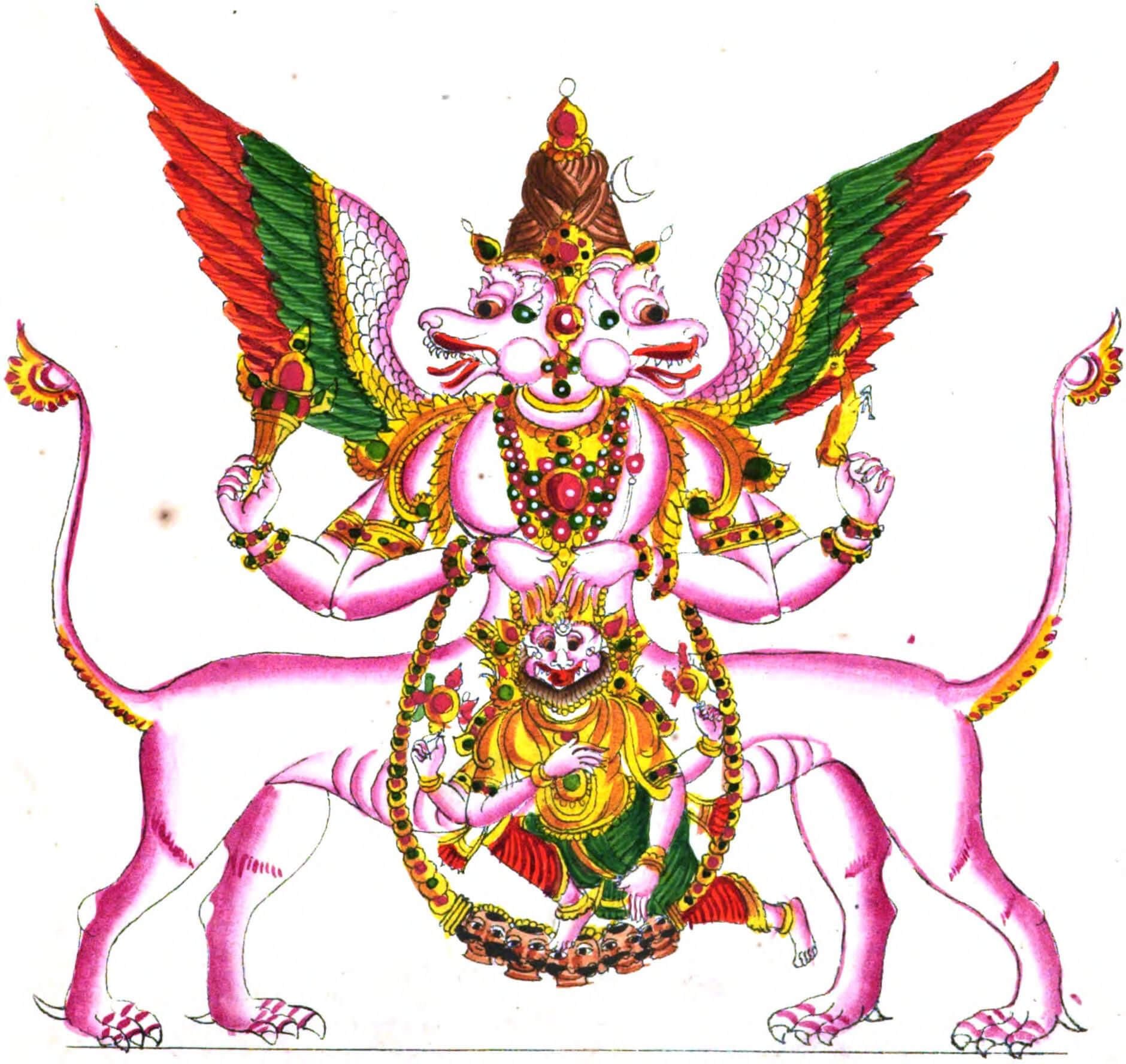
5. Sheshnaag
The serpent with 1000 heads that keeps the earth stable
Sheshnaag had 1000 brothers who who always caused troubles for everyone around them. Tired of living in such bad company, Sheshnaag left his home and went to the Himalayas. He started meditating and observing strict penances for his brothers’ deeds. Impressed by this, Brahma offered him a boon, but Sheshnaag only asked to be a servant of spirituality. So, Brahma asked Sheshnaag to coil around the earth and hold it steady, which he gladly accepted. It is said then when Sheshnaag coils forward, creation happens, and when it coils backwards, the universe ceases to exist.
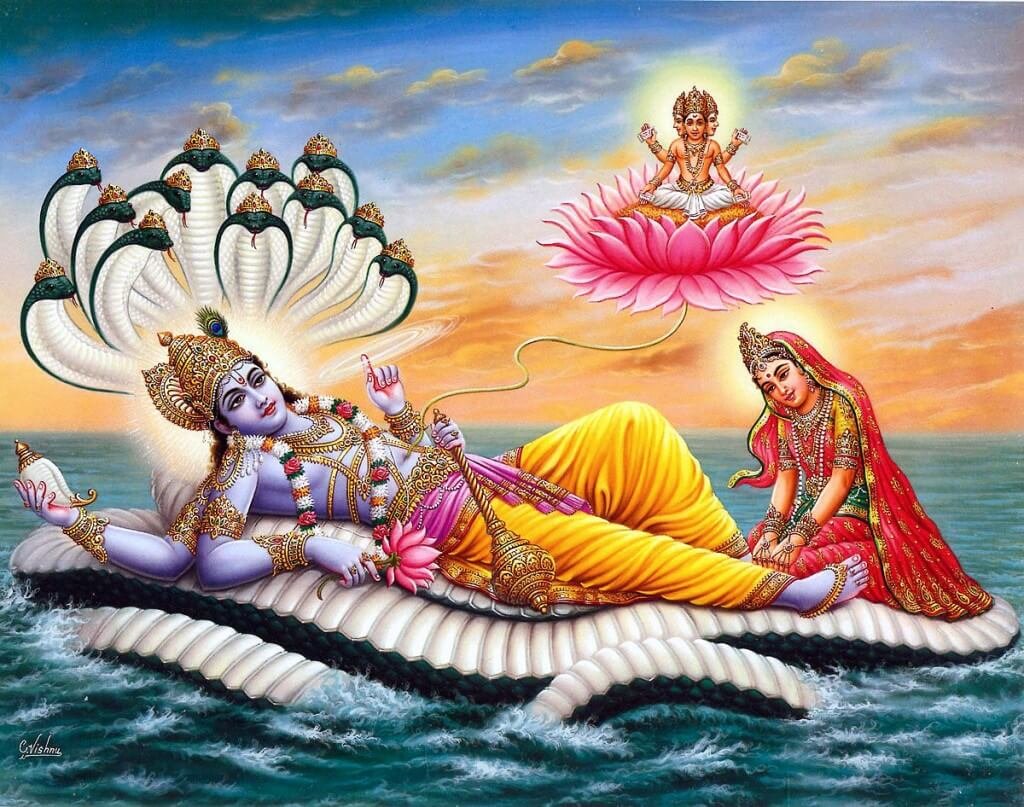
6. Kamadhenu
The mother of all cows
Kamadhenu, also known as Surabhi, is the original mother of all cows. It is believed that the cow came in to being during the churning of the cosmic ocean, and was presented to the seven sages by the gods. Every part of the cow’s body has a religious symbolism. Its four legs symbolize the four Vedas, and its breasts the four Purusharthas. Its horns symbolize the gods, its face symbolize the sun and the moon, its shoulders symbolize fire. It is believed that it grant all desires of its owner and hence is also known as the ‘cow of plenty’.
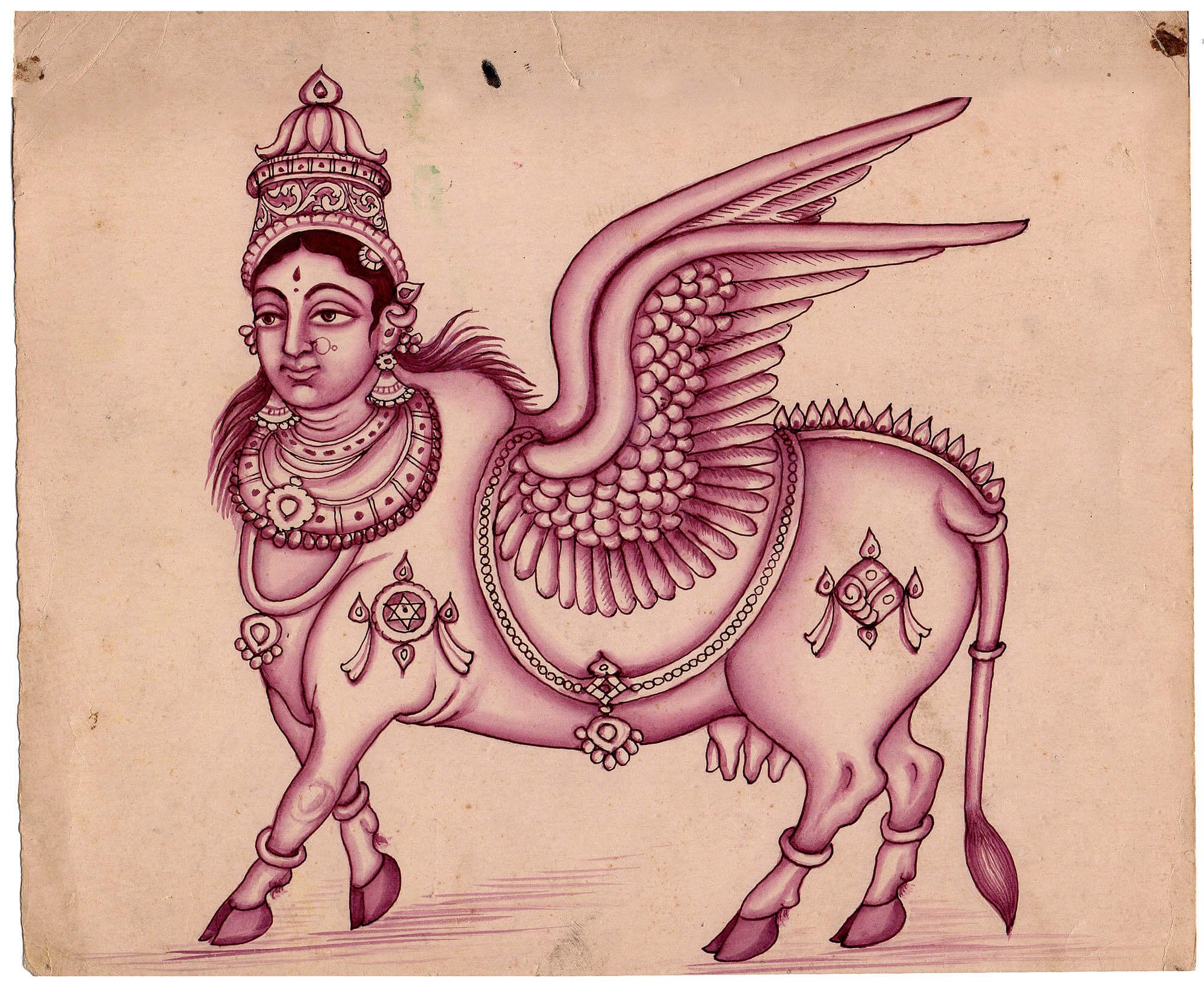
7. Garuda
The most famous winged beast in Indian mythology
Garuda and his mother were enslaved by the snakes. In order to be free, Garuda had to go to Indra’s kingdom and steal the amrit. So Garuda did exactly that, although he had to battle all of Indra’s might to do this. He and his mother were freed at once.
Vishnu though, asked him to prevent the snakes from drinking the amrit. Just as the serpents were about to drink the amrit, Garuda asked them to clean up first. When the snakes were away for cleaning themselves, Indra attacked Garuda and tried to claim the amrit. Garuda managed to smash Indra’s thunderbolt but couldn’t keep the amrit. However, a few drops of amrit fell on the ground and the snakes licked it. The amrit was so strong that it burnt their tongues. Apparently, that is the reason why snakes have forked tongues.

8. The snake around Shiva’s neck
Now here’s a snake with many, many stories
This snake around Shiva’s neck has so many legends about it. The most popular one of them says that when the cosmic oceans were being churned, the poison produced by it was also consumed by some snakes along with Shiva himself. Impressed by this, Shiva decided to accept the Vasuki, the king of snakes, around his neck. It is also said that the snake helps keep the poison in Shiva’s throat and not let it slide down to his body.
It is said that the three coils of the snake around Shiva’s neck, represent the past, the present, and the future. And the direction of its hood is towards right, which signifies that Shiva’s perpetual laws of reason and justice preserve natural order in the universe.
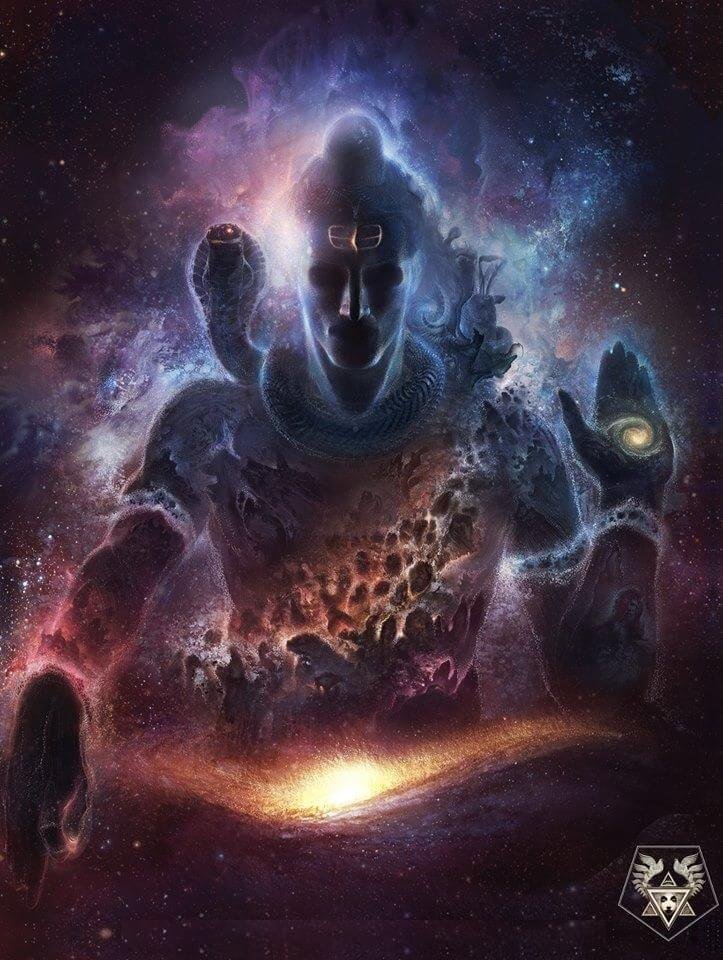
9. Makara
The guardian amphibian
There’s something with Indian texts and hybrid animals. Makara is a half-terrestrial and half-aquatic creature. Its front part is depicted as a stag, deer, crocodile or sometimes even an elephant, and the hind part is a fish tail. It served as the vehicle for the river goddess Ganga, and the sea-goddess Varuna.
Makara is considered a guarding creature. That is why it often appears on gateways and thresholds, protecting throne rooms as well as entryways to temples. It is the most commonly recurring creature in Hindu and Buddhist temple iconography.
10. The Rainbow Fish
The fish that swallowed Buddha
The rainbow fish is a large aquatic creature. This legendary creature was as large as a whale and it had swallowed Vishnu’s incarnation Buddha, before it was caught by some fishermen who freed Buddha. After it was captured, the rainbow fish provided food to a whole country for one full year. Its red scales were made of fire, its blue scales of ice, representing water. The green scales were made of grass, representing earth, and its yellow scales of lightning representing air.
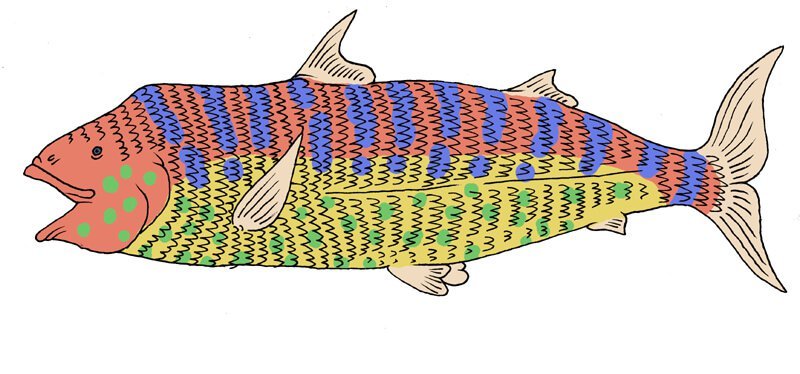
11. Timingila
A predator so large, it could swallow whales whole
Timingila is another large aquatic creature mentioned in the Mahabharata. It is known to be the greatest predator to have ever lived in the oceans. In fact, large does not even begin to do justice to its size. It was said to be so big that it could actually swallow whole whales. Yes, it could swallow whales. Just take a moment and let that sink in. It is said that a Timingila could cause turbulence in the entire ocean whenever it set out to hunt for prey.
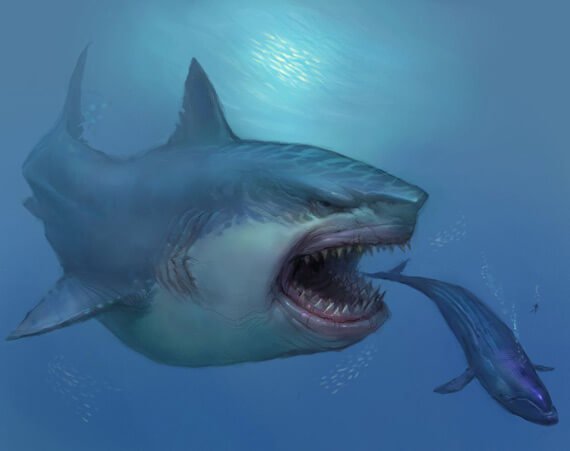
12. Navagunjara
The creature that was made from nine animals
If you think putting together two animals was cool, meet Navagunjara, named so because it is composed of nine different animals. It has the head of a rooster, and stood on three feet, each of which was of an elephant, a tiger and the deer or a horse. The fourth limb was a raised human arm carrying a lotus. The creature further had the neck of a peacock the hump of a camel, the waist of a lion, and the tail was a serpent.
This was actually a form assumed by Krishna when he went to meet Arjuna in the forest. At first, Arjuna wanted to shoot at it with his bow and arrow, but he paused for a moment jut to understand it. How could such a creature exist? It was then that he realised that this must be none other than Krishna testing him. He immediately bowed his head and sought his blessings.
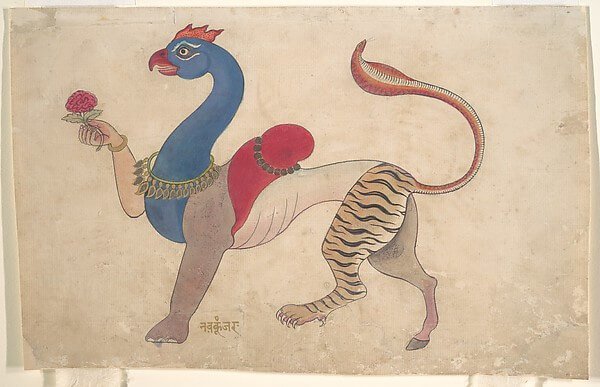
13. Ganesha’s mouse
The mouse with many stories
There are many stories behind why Ganesha rides on a mouse. According to one interesting tale, a musician god, Krauncha, was cursed into becoming a mouse. But he was the size of a mountain and destroyed everything in his way. When he reached the ashram where Ganesha was staying, he was captured. He begged for forgiveness and became Ganesha’s vehicle.
Another story suggests, the mouse symbolizes Ganesha’s victory over the rodent that is the enemy of the farmer, an obstacle to prosperity. By conquering it, Ganesha conquers obstacles, living up to his name, Vighnaharta (conqueror of obstacles).
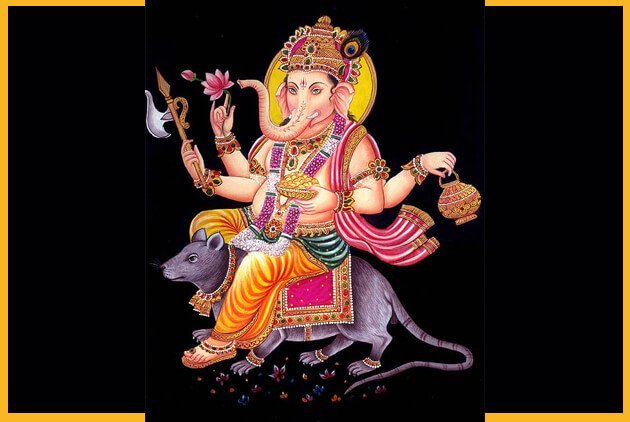
Indian mythology is definitely one treasure trove of stories!





